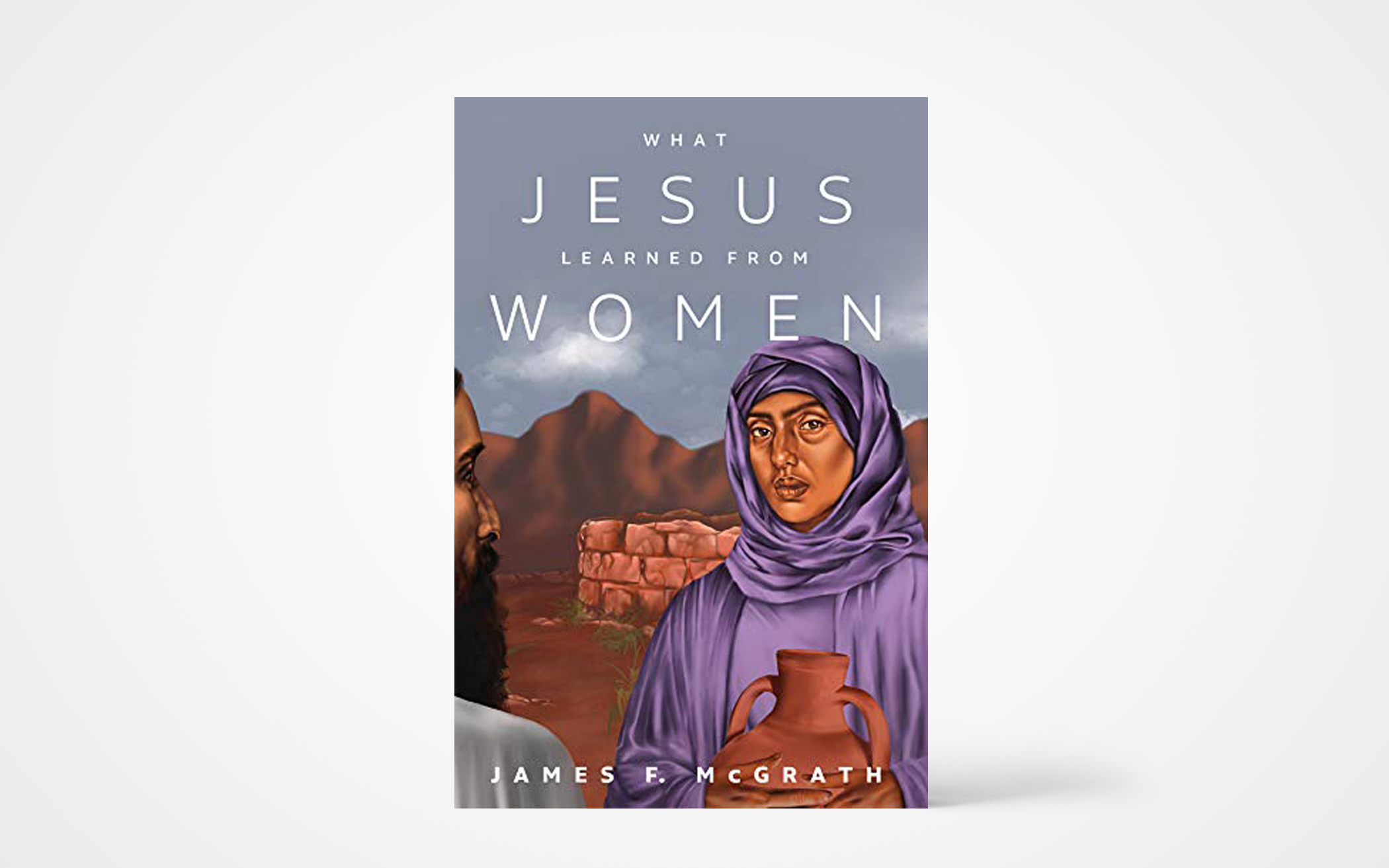A book with this title written by a male scholar in New Testament studies almost guarantees some unique perspectives. James F. McGrath justifies the title because the idea that Jesus learned from women might be controversial to some readers. He affirms that the gospels describe Jesus growing in wisdom and stature, hinting at his human capacity for cognitive and emotional growth. As the author writes: “Unless we are to deny the humanity of Jesus, we must understand him as one who participates in the experiences of growth and development not merely with respect to his biological shape but also his mental processes and cognition.”
But why women? McGrath wants to counter the predominantly patriarchal narratives in New Testament studies when it comes to Jesus’ earthly ministry. And although many books refer to how women’s lives were transformed by their encounter with Jesus, little has been written on how Jesus himself was transformed by these encounters. The latter approach makes it a unique contribution. The author also integrates historical hermeneutics with some fictional storytelling by starting every chapter with a biblical story written out of his own imagination.
Ten chapters of this book include a dozen women mentioned in the gospels. They include Mary, Mary and Martha of Bethany, and nameless but significant women such as the Samaritan Woman, the Syrophoenician Woman, and the widow who donated her last penny. In each chapter, the author carefully and imaginatively engages with the encounter between these women and Jesus. Thematic discussions emerge from biblical texts and supporting literature. For example, Jesus’ mother Mary and other elderly women in his early life taught Jesus not just prayer and humility, but also the rituals of Galilean Judaism and a sense of history. These chapters drive home the point that Jesus grew up as a Jewish youth who was fully immersed in a faith that was passed down from generation to generation.
The Syrophoenician woman’s dogged persistence and sharp insight reshaped Jesus at a critical moment of discernment. This woman brought the purity boundary of Israel (which Jesus was still taking for granted) into tension, forcing him to recognize the need for change. As the author points out, “Once again we get a chance to see Jesus as human, and we can say it is humanity at its best.” This chapter on the Syrophoenician woman offers the richest insight in the entire book. The subsequent chapter on two women who suffered decade-long bleeding problems carry on with the theme of purity boundary and wholeness. The author effectively shows that “Jesus was a participant in his own culture and heritage and as such also a participant in his people’s and his era’s vibrant debates about the Scriptures, traditions, practices, and identity they shared in common.” (Cascade Books)
About the Author
Mary Li Ma is a member of Plymouth Heights CRC church in Grand Rapids, Mich. She holds a Ph.D. from Cornell University and now works as a research analyst for a national research center on education equity.

